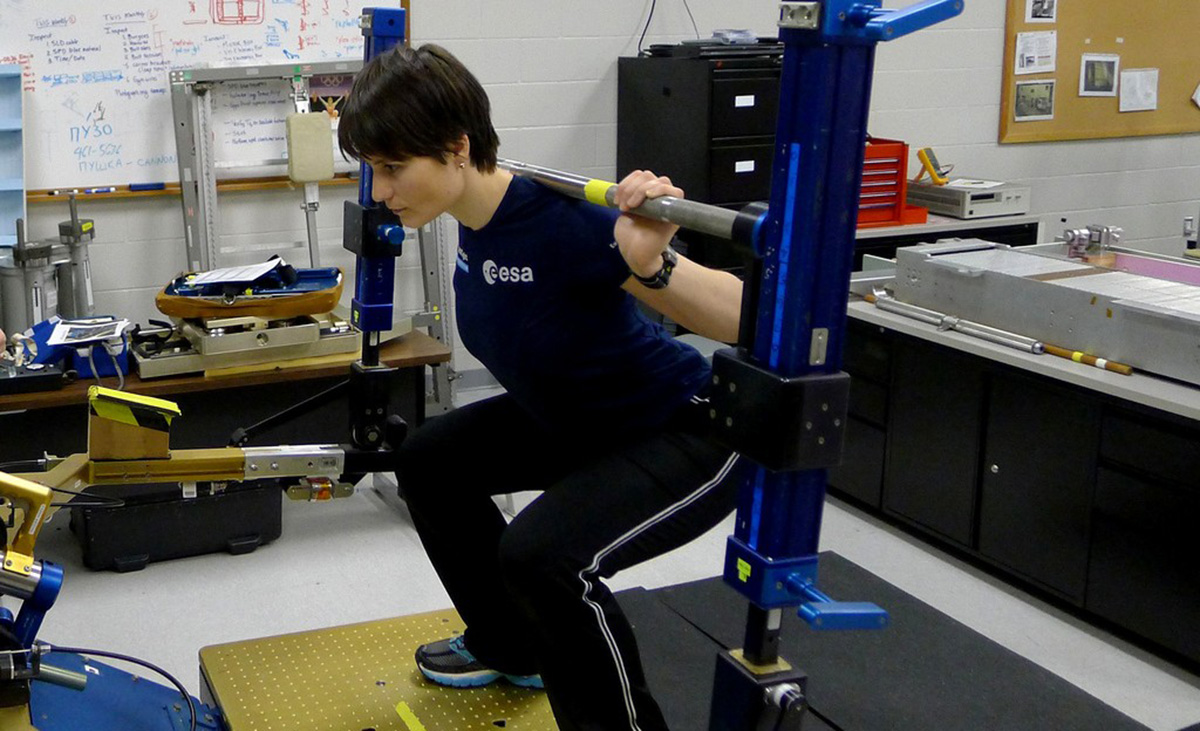Table of Contents
Everyone knows that legs=squats and squats=legs. Everyone's wrong. Squats are really a posterior core exercise- they're a spinal erector and quadratus lumborum trainer par excellence, but there are easier and safer ways to load up the legs, especially if your squat form is less than perfect. That doesn't mean you should stop squatting - just that you should program it differently.

It’s functional, it teaches a good, transferable pattern and it’s a basic human movement. All babies can squat. It’s been used for - well, for ever, really, to build strong legs.
I ask because in many cases, it’s being used by people with strong legs - but are they building strong legs with the squat? And is it the legs that heavy squats really hit?
I’m certainly not suggesting that a lot of people who squat regularly aren’t strong. Right now I don’t squat because my physio told me not to, and that tells you a couple of things by itself: a squat requires a combination of mobile hips and a well-balanced and stable lower back.
In a way, that’s my point.
I’m going to use an example that seems a million miles from the squat to get my point across. Bear with me here.
Suppose you’re doing a bicep curl. Now, your upper back is engaged to keep your humerus in place. Your rotator cuff is engaged - I know, because when I damaged my rotator cuff I couldn’t even curl! Your abdominal muscles are engaged. And if you’re standing up, your legs are working - if they weren’t you’d be lying down. So is the biceps curl a leg exercise? No. How do we know?
If your answer is, ‘because that’s not why we do it,’ you’re confusing intention with outcome. The real reason is this: because barring injuries and special circumstance, the first thing doing biceps curls will do is reduce your ability to flex your elbow against a load.
You’ll probably still have no trouble walking, though.
Now there’s no denying that the legs are involved in squats. There’s a ‘really, Einstein?” sentence if ever I read one. But, I’m going to argue that they’re not the main thing that’s involved.
The squat is one of the few lifts that really involves everything - I guess you’d put deadlifts, bench and overhead presses and a few gymnastic movements like levers and handstands in the same boat.
It depends who you are.
Should You Use Squats as a Leg Exercise?
Maybe.
If you have short limbs and a long torso, you’re short and stocky and you have great hip flexibility and killer glute strength - guess what? The squat is probably a great leg exercise.
See Also: Serious Gains With Serious Squats
If you’re tall and long-limbed, with weaker glutes and poor low back stability, then the squat is probably a low back exercise - and not a good one either.
In case you think you’re in the first population and you’re in the clear, I’d add that the squat is far too often prescribed as the exercise. Read on!
If you squat with a wide-ish stance and a low bar, what does that do? It pushes your upper body forward. That means it’s loading your lower back.
- Photo courtesy of Samantha Cristoforetti by Flickr : www.flickr.com/photos/astrosamantha/6917251311
- Photo courtesy of AngryJulieMonday by Flickr : www.flickr.com/photos/angryjuliemonday/14908563442/


Your thoughts on this